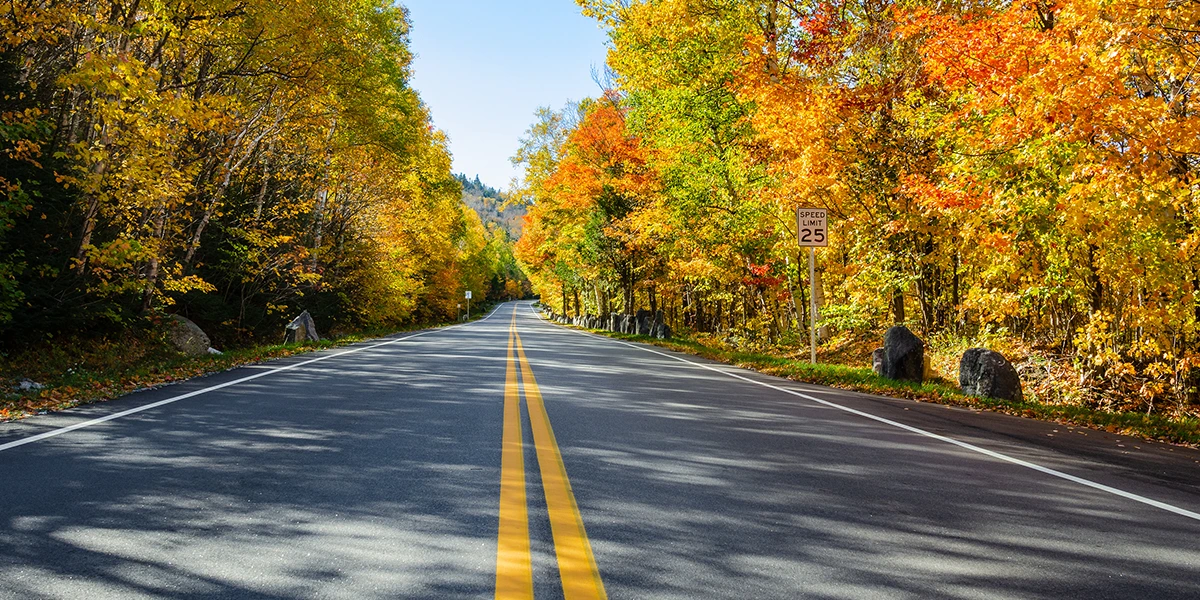1998 Volkswagen Beetle
This year’s biggest automotive event can be summed up in one word: Beetle. No… the new 1998 Volkswagen Beetle. VW’s revival of the world’s cutest car, and all the memories that go along with it. And, with several years of orders already on the books, it looks like a great business move, too. But, with so many good vibrations flying around about a car that few people have seen, let alone driven, you might also wonder what the new Beetle can do… besides make you smile.
And that’s something that Volkswagen’s 1998 New Beetle is already very good at. As this funky little car that looks like it just leapt off the funny pages of the Sunday paper generates enough smiles, waves, and general good will to earn it a spot in the running for a Nobel Peace prize.
Something it’s been doing ever since the American public first caught a glimpse of a rejuvenated rainbow silhouette on the show car circuit back in 1994. But despite retaining its buggy shape and fetching personality, there’s very little about the New Beetle that can be compared to the original.
For starters, there’s the New Beetle’s molded plastic bumpers and fenders that have been carefully fitted to the galvanized steel body. And, along with the flush-mounted head and tail lamps, give the car a solid, single-piece appearance.
Then there’s the larger body dimensions. Riding on the latest Golf platform, the New Beetle is now 161 inches long and 67.9 inches wide, with its 98.9-inch wheelbase stretched between the available 16x6.5-inch alloy wheels.
A stretch that gives the New Beetle a more user-friendly, far from cramped front cabin. And a dash that looks like it has more acreage than a homesteader’s claim. The front buckets are also generous in size and supportive. And can be covered in velour, vinyl, or leather, and feature standard side-impact air bags as well. Both driver’s and passenger’s seats are manually operated and height adjustable with this clever ratcheting pump handle. While the driver’s position can be further optimized with the standard tilt and telescoping wheel.
That fronts a tight, round gauge cluster that houses the large, optimistic speedometer and a tiny tachometer and fuel gauge. But there’s only an idiot light for engine temperature. They all turn an ultra-cool ice blue when darkness falls and the lights are turned on. And speaking of being turned on, let’s not forget the bud vase that comes in every New Beetle. An obvious salute to, and we’ll only use this word once, groovier days of yore.
Which can also be relived by kicking out the jams on the standard AM/FM/Cassette stereo, with an optional trunk-mounted 6-disc CD changer. Those going for the full-blown retro head trip can install their own 8-tracks. And then turn the heat off! As the smooth rotary heating and air conditioning controls offer up plenty of both. An unheard of concept in the original Beetle Bug.
And so too the cupholders, and 12-volt power points, not to mention the optional one-touch electric windows. And how about front seats that spring up and forward to allow easier access to the rear bench? That offers a bit more leg room, but still not too much headroom. Oh, well. The grab handles are still right where you remember them when it comes time to hoist yourself out of the back.
But the engine is not! As those going to the rear to check the oil will be doubly surprised to find no engine, but a hatchback trunk with 12 cubic feet of usable space. Made even larger with the rear seat folded.
The engine is now located in the front, and bears no resemblance to the old sputtering, popping, air-cooled engine it replaces. The new water-cooled 2.0-liter, in-line four-cylinder motivator pumps out 115 horsepower and 122 pound-feet of torque. And delivers an estimated 29 city and 41 miles per gallon highway.
A high-tech, 1.9-liter, Turbo Direct Injection diesel engine is also available. Rated at 90 horsepower and 149 pound-feet of torque, it squeezes nearly 700 miles out of the New Beetle’s 14.5-gallon fuel tank.
A 1.8-liter turbocharged gas engine, similar to the one found in the Passat, is being readied for 1999. All three engines will feed through either a 5-speed manual, or 4-speed adaptive automatic transmission. It was the gutsy 2.0-liter gas engine and 5-speed manual, however, that zipped us along to 60 in 10.7 seconds. Our drivers liked the strong bottom end and the positive feel of the shifter.
But the standard four-wheel discs tended to lock the front and rear wheels sporadically under heavy braking. And our 60-0 braking average of 137 feet is nothing to write home about. ABS is optional and highly recommended.
Handling, on the other hand, is something to write home about. The MacPherson strut front and torsion beam rear suspension, with gas-charged dampers and coil springs at the corners, also comes from VW’s re-designed Golf. And ratchets the Beetle’s fun-to-drive quotient up a notch or two, by keeping body roll to a minimum and understeer consistent and predictable.
The power-assisted rack-and-pinion steering has an excellent on-center feel, and although a little heavy during slow speed maneuvers, it feels just right at speed. The New Beetle is a very stable car. Just right also describes the overall road manners of the New Beetle. It soaks up the bumps with all the poise of a larger car, yet still maintains the road-hugging agility that made the old Beetle such a kick in the pants to push through heavy traffic. This Beetle will be very easy to live with.
Pricing is easy to live with, too. The base model, with the gas engine and a long list of standard equipment, rings up at just $15,700. Our tester with the optional sport package topped out at $16,110. Base price on the diesel equipped model is $16,975. But that extra cash up front should be returned quickly due to its miserly fuel economy.
Bigger, better, and far more refined than the original, the 1998 Volkswagen New Beetle has all the necessary ingredients to take old hipsters comfortably down memory lane, or young hipsters to school and back. The people’s car is definitely back. So, more power to the people!
Specifications
- Engine: 2.0-Liter In-line Four-Cylinder
- Horsepower: 115
- Torque: 122 Lb Feet
- 0-60 MPH: 10.7 Seconds
- 60-0 MPH: 137 Feet
- EPA Mileage: 29 MPG City 41 MPG Highway







